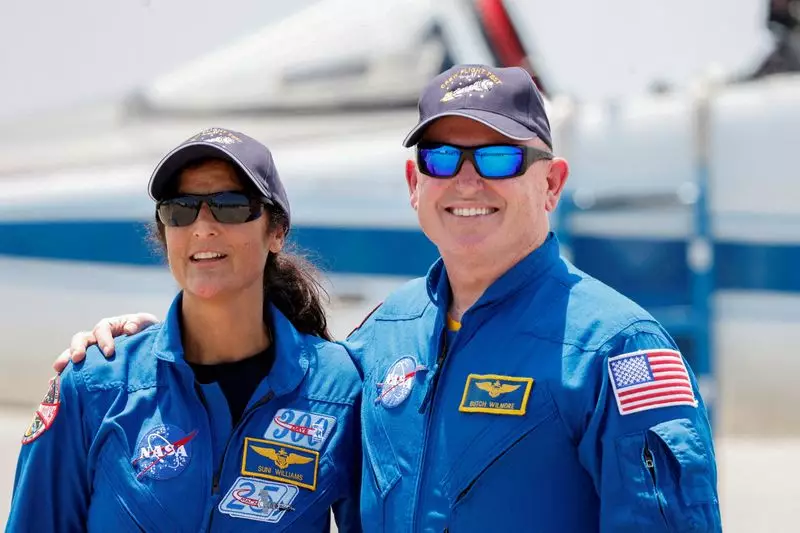NASA’s decision to have two astronauts return to Earth on a SpaceX vehicle due to issues with Boeing’s Starliner capsule highlights unforeseen complications that can arise in space missions. The propulsion system glitches experienced by Starliner during its flight to the International Space Station (ISS) have left astronauts Butch Wilmore and Suni Williams stranded on the station for an extended period. The risk posed by the propulsion system malfunctions has necessitated the transfer of the returning astronauts to a Crew Dragon spacecraft. This unexpected turn of events underscores the complexities and uncertainties inherent in space travel.
Boeing’s difficulties with the Starliner program have been a significant source of concern for NASA. The series of glitches encountered by Starliner, including thruster failures and helium leaks, have raised doubts about the spacecraft’s reliability and safety. The $1.6 billion in budget overruns since 2016 and the challenges faced during the development of Starliner have cast a shadow over Boeing’s reputation as a reliable space technology provider. The decision to have the returning astronauts travel on a SpaceX vehicle marks a significant setback for Boeing and underscores the company’s struggle to deliver on its promises in the space industry.
The decision-making process behind NASA’s choice to have the astronauts return on a SpaceX vehicle reflects a strategic shift in the agency’s approach to space missions. The unanimous vote by agency officials in favor of Crew Dragon over Starliner highlights the importance of prioritizing crew safety and mission success. The agency’s decision to rely on SpaceX, Boeing’s top space rival, for the return journey also signals a shift in NASA’s partnerships and collaborations within the aerospace industry. The emphasis on safety and reliability in space travel underscores the high stakes involved in human space exploration.
Boeing’s challenges with the Starliner program and the subsequent repercussions of the propulsion system issues on the returning astronauts raise questions about the company’s future in the space industry. The repeated setbacks and failures in Starliner’s test missions have called into question Boeing’s ability to meet the rigorous safety standards and technical requirements of NASA. The uncertainty surrounding Starliner’s crew certification path and the potential implications for future missions underscore the need for Boeing to address the underlying engineering issues and quality concerns. The company’s reputation in the space industry hangs in the balance, and its ability to regain NASA’s trust and confidence will be crucial for its long-term success.
The decision to have NASA astronauts return on a SpaceX vehicle due to issues with Boeing’s Starliner capsule sheds light on the challenges and uncertainties of space exploration. The propulsion system glitches, budget overruns, and quality issues faced by Boeing have raised concerns about the company’s reliability and technical capabilities. NASA’s strategic decision-making process, prioritizing crew safety and mission success, reflects the agency’s commitment to ensuring the success of human space missions. The implications for Boeing’s future in the space industry underscore the need for the company to address its engineering challenges and rebuild trust with NASA and other partners. The evolving landscape of space technology and exploration demands a high level of scrutiny, critical analysis, and strategic decision-making to ensure the safety and success of future space missions.

